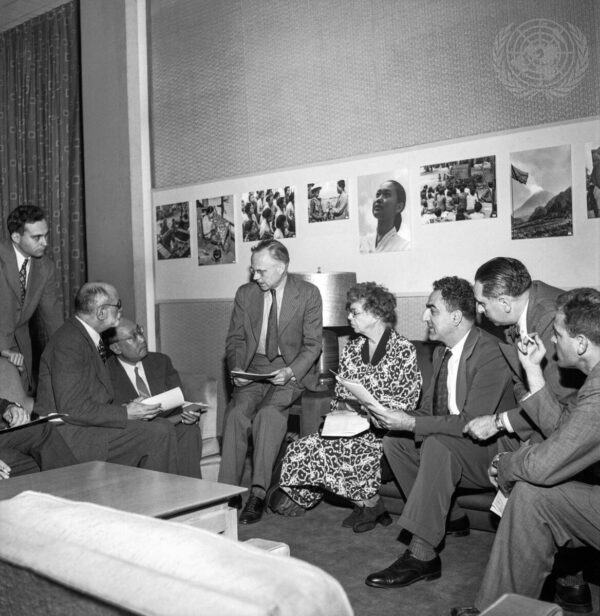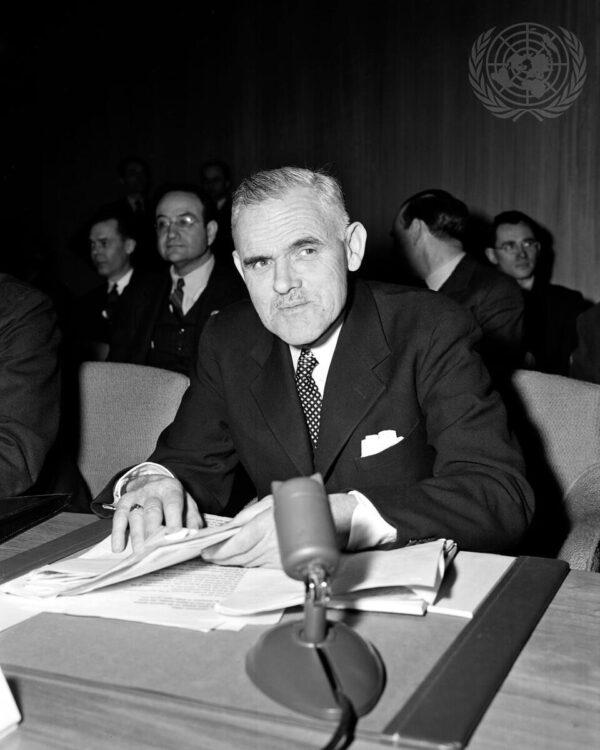
Human Rights 101: The Universal Declaration of Human Rights
In this lesson, students will learn how human rights differ from civil rights and gain introductory knowledge of how the international community united to define and defend human rights.
acf domain was triggered too early. This is usually an indicator for some code in the plugin or theme running too early. Translations should be loaded at the init action or later. Please see Debugging in WordPress for more information. (This message was added in version 6.7.0.) in /nas/content/live/ncchredu/wp-includes/functions.php on line 6121
William Hodgson was born to Robert Hodgson and Margaret Willson in Kingston, Victoria, Australia in 1892. His father was a school master and Hodgson likewise placed an emphasis on education, first attending the School of Mines in Ballarat and then graduating as part of the original class at the Royal Military College in Duntroon in 1914. Hodgson served in both Egypt and as part of the Gallipoli Campaign before he was wounded in 1917 and returned home to Australia. Despite his injuries, Hodgson continued serving in the military and was appointed head of military intelligence in 1925. In 1934 Hodgson moved from military service to diplomatic service; over the next decade he variously served as Secretary of the Department of External Affairs, Acting High Commissioner to Canada, and ambassador to France.
Hodgson began his work with the United Nations in 1945 as a delegate to the first General Assembly and then on the Security Council and the Human Rights Commission. In his role as a member of the Commission, Colonel Hodgson strongly advocated for the inclusion of an enforcement mechanism to ensure all member states would be accountable to the new list of universal human rights the commission was drafting. Following diplomatic postings in Japan and South Africa, Hodgson retired in 1957 before dying of cancer in January of 1958.
Featured in

In this lesson, students will learn how human rights differ from civil rights and gain introductory knowledge of how the international community united to define and defend human rights.